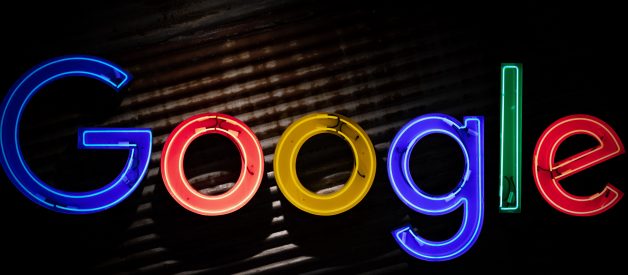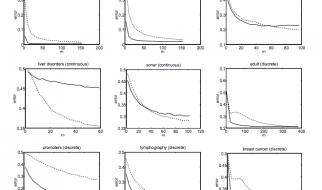Playing with AI
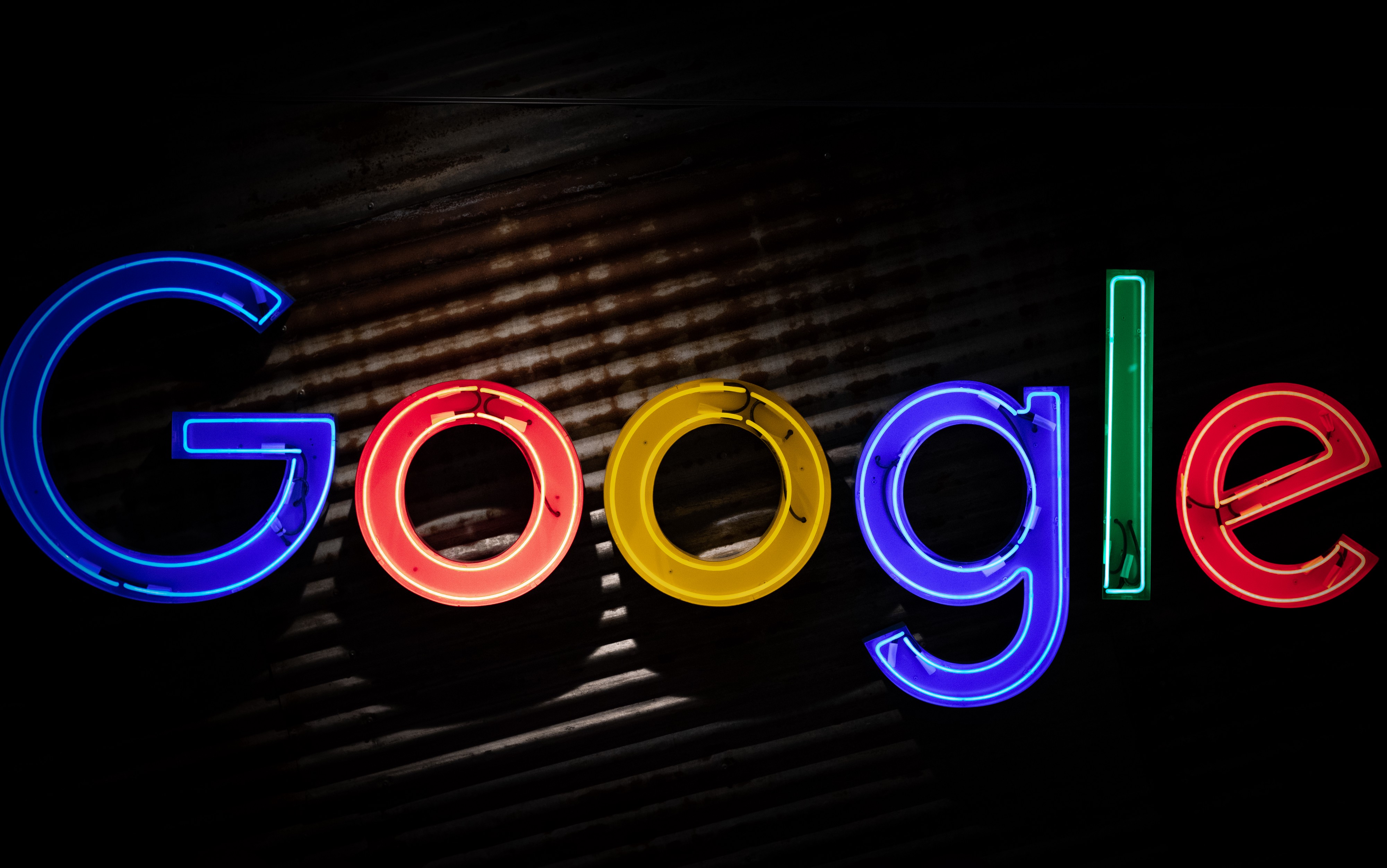 Photo by Mitchell Luo on Unsplash
Photo by Mitchell Luo on Unsplash
From predicting prices of a house to recognizing digits, AI has come a long way. As more and more algorithms and models come into existence, developers at Google and beyond have found numerous creative and entertaining use cases for them.
Here are our picks of some really cool experiments powered by AI which you can play around with, directly from your browser.
Quick Draw
??.is it a peacock??. no, it doesn?t seem like a bird to me?. maybe it?s not a living thing at all?.?
And the friends go on as one of them continues to doodle on the whiteboard, trying hard to explain them the picture.
Yes. They were playing Pictionary.
Ever played that? Well, if not, don?t worry. Don?t have friends to play with, no worries. AI will help you out. Yes, an AI to guess your doodles.
The Google Creative Lab and Data Art Team made this wonderful and fun AI which lets you play around with doodles. The web interface is as simple as to be operated by a 5-year-old.
It?s called QuickDraw.
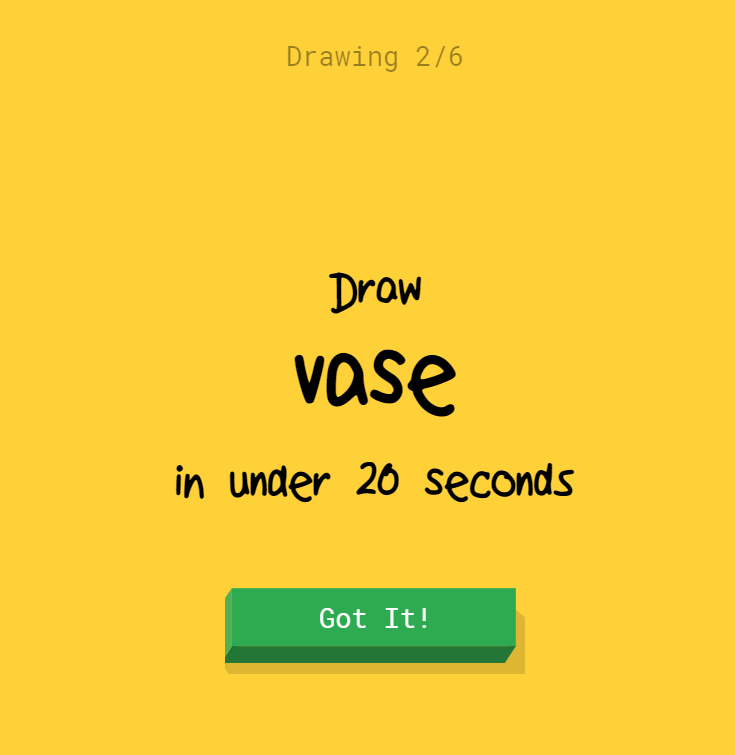
What you need to do is just draw the doodles you are told to, and a voice-operated AI will guess what you are trying to make.
So how does that even work?
It is a very simple image-processing based machine learning application. Oh, too heavy? Wait.
You need to know what it has and what it takes and what it gives. Ready?
It has over 50 million doodles with their correct labels. It takes the doodles that you draw as input and gives it to the processing model which compares it with all those doodles it has, but quickly and efficiently. It gives you the predicted label for your doodle. Simple.
When you will try, you will also be asked to draw a specific doodle and try to explain it to the AI. If it gets correct then you just contributed to the dataset. 50 million doodles plus one!
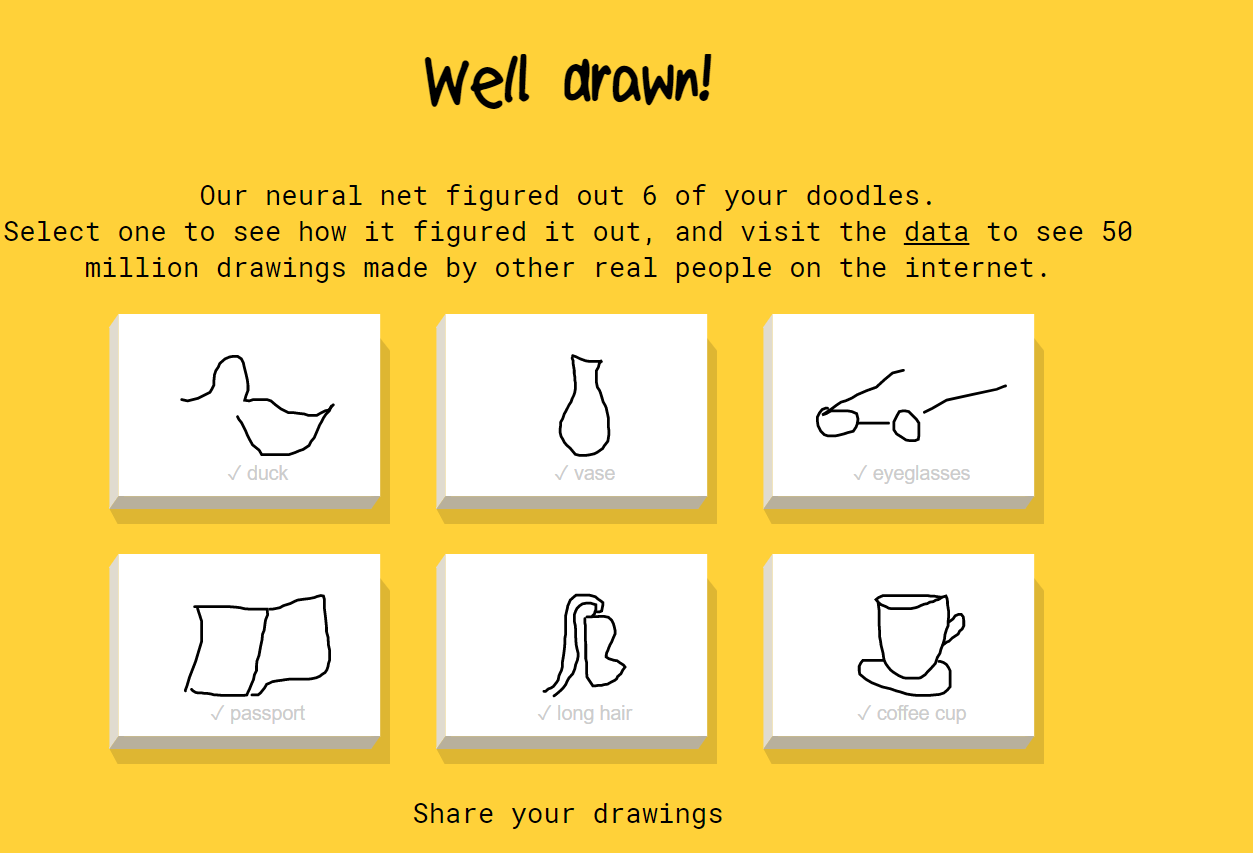
Here?s the link for you to play around-
Quick, Draw!
This is a game built with machine learning. You draw, and a neural network tries to guess what you?re drawing. Of?
quickdraw.withgoogle.com
SemiConductor
Have you ever listened to the Imperial March by Vienna Philharmonic? If you haven?t and call yourself a Star Wars fan, please don?t. Just kidding. You may not be into orchestra performances. Well, if you want to start anytime soon, Vienna Philharmonic is the finest in the world.
What you may have wondered in that video or any other orchestra performance is,
What?s wrong with that guy holding a stick and waving his hands like crazy?
Okay, so he is known as the conductor. And he controls every musician on stage. The rhythm, the pace, everything is controlled by that crazy looking guy.
But how exactly does he do that?
Well, there is a bit too much complexity that goes into conducting, but, the pace at which his hands move, is the pace of play. Kind of.
Why don?t you go ahead and try it?
But where can I get an orchestra to conduct?
You need not worry. The folks at The Google Creative Lab, Sydney made something like a virtual orchestra for you to conduct. It is named Semi-Conductor.
Subtle. We know!
Honestly, when you try it for the first time, it looks very weird, but once you get the hang of it, it?s one of the most amazing things you would have ever tried.
So how does that work?
It tracks me on my camera and then gives that input to the orchestra. Simple.
Well, in a way, yes. But let?s dive in just a bit into the technical pool.
There are two parts. First, taking the movements of your hands into the processing model. And second, to play the orchestra accordingly.
The first part is handled by PoseNet. It is a machine learning model, which gives you real-time human pose estimations. So, with this, we can see where the hands are, and the speed of them and elbow positions and in which direction you are pointing them.
The second part is playing. For this, they used hundreds of tiny audio files from live recorded instruments, which are combined to play according to how you conduct.
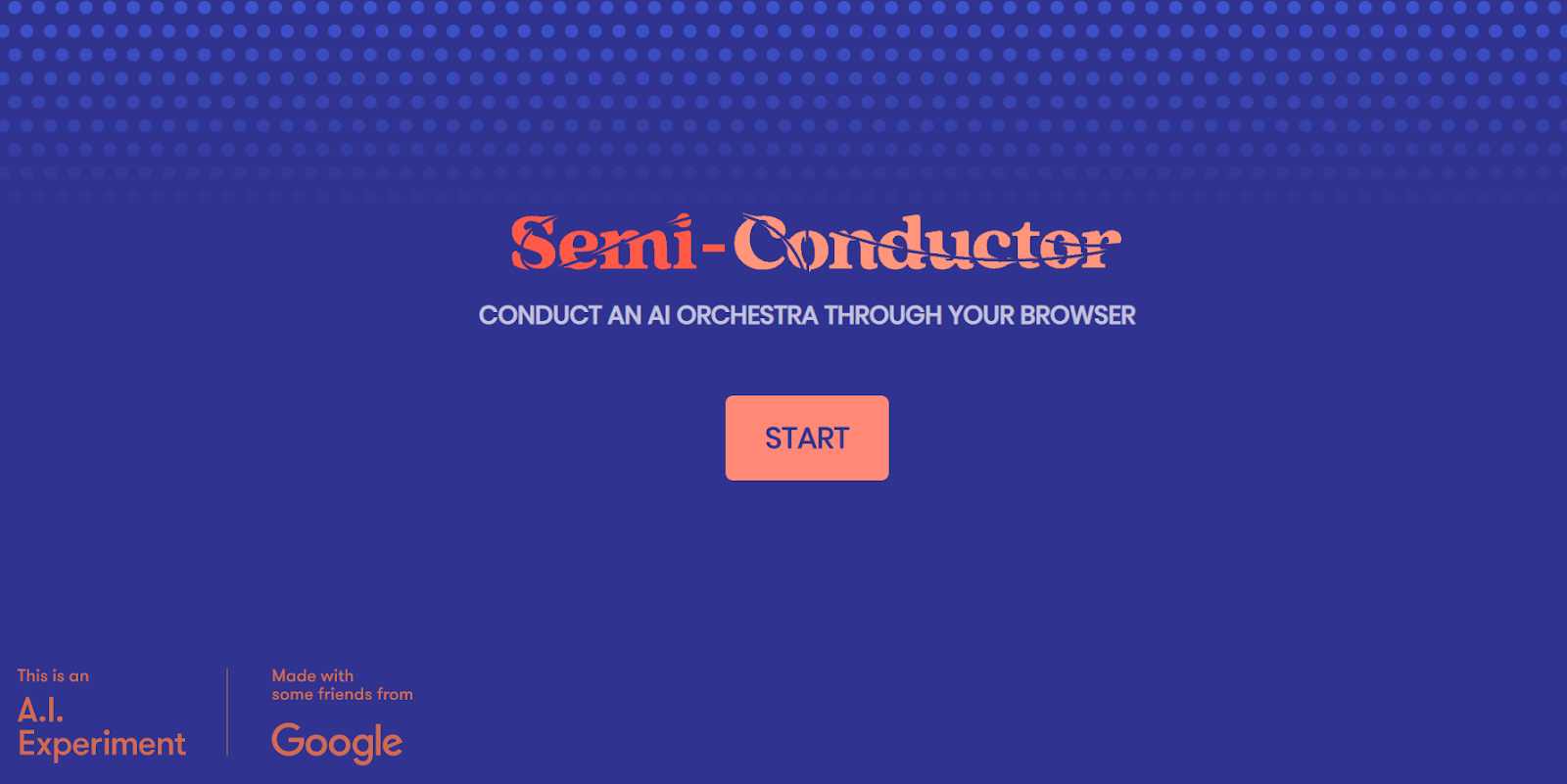
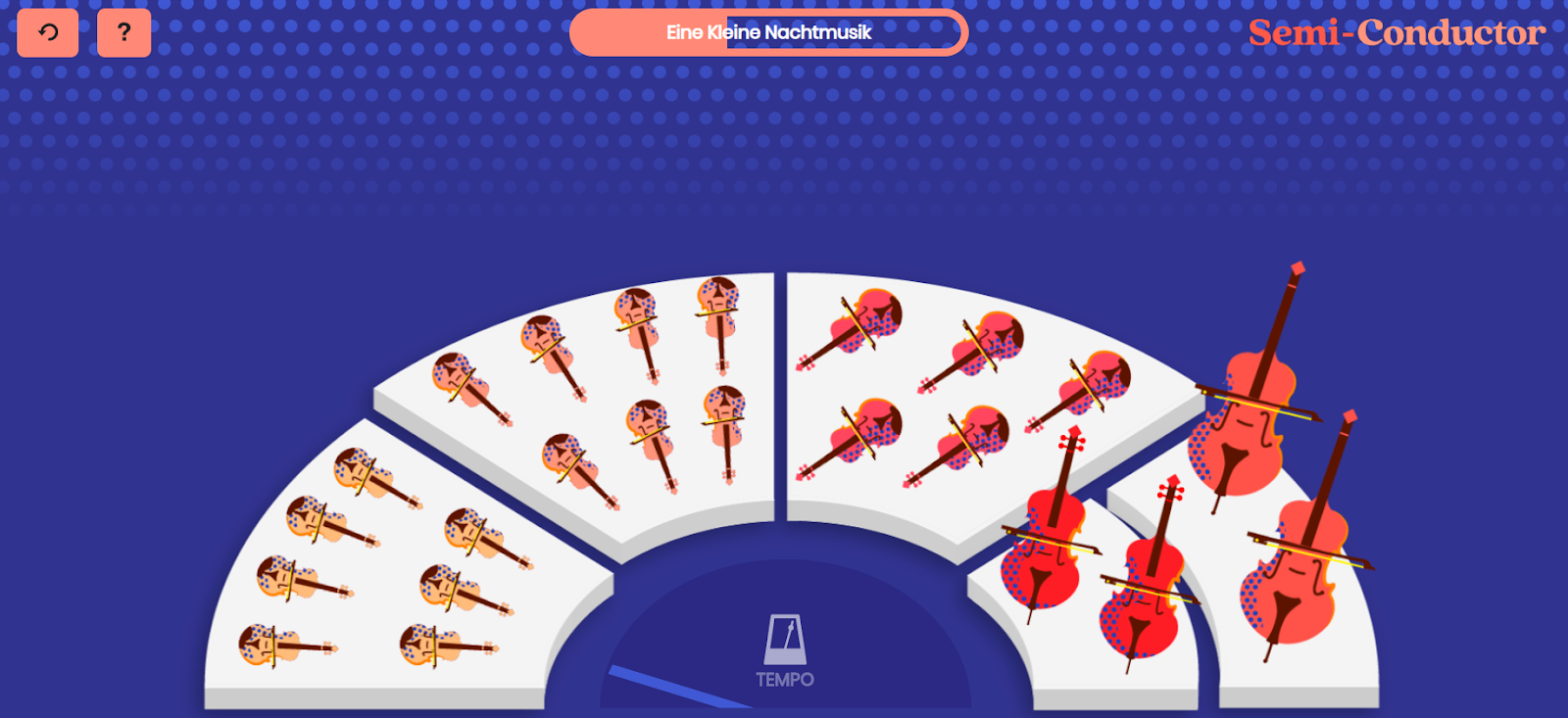
Try it out here, your own virtual orchestra!
Semi-Conductor
Semi-Conductor is an experiment that lets you conduct your own orchestra through your browser. You can move your arms?
semiconductor.withgoogle.com
FreedieMeter
Have you watched the Bohemian Rhapsody? If yes, you will surely remember the Live-Aid performance. We all know, the Queens were a success due to their lead singer, Freddie Mercury. He was one of the greatest on-stage performers of all time. And who wouldn?t love to sing with Freddie, but ever wondered if you could sing like Freddie?
Well, if you think so, you finally have a way to compare.
Google Research, Google Creative Lab, YouTube Music, and the Mercury Phoenix Trust, made something called the FreddieMeter. What it does is, it compares your singing with Freddie?s on some of the classic hits of the Queen. It compares your timbre, pitch, and melody, and see how close you are to Freddie.
Now let?s see how this is achieved.
So, it takes your voice into the processing model via WebRTC and processes it using Web audio API. Both of them are simple ways to take in the audio in the browser and then do some operations on it.
Then comes the power-up, Tensorflow. It takes in those inputs and compares it with Freddie?s pitch, timbre, and melody. And it finally gives an output with scores for all those three classes. That?s it, you may say you can sing like Freddie or not, and by how much percent too!
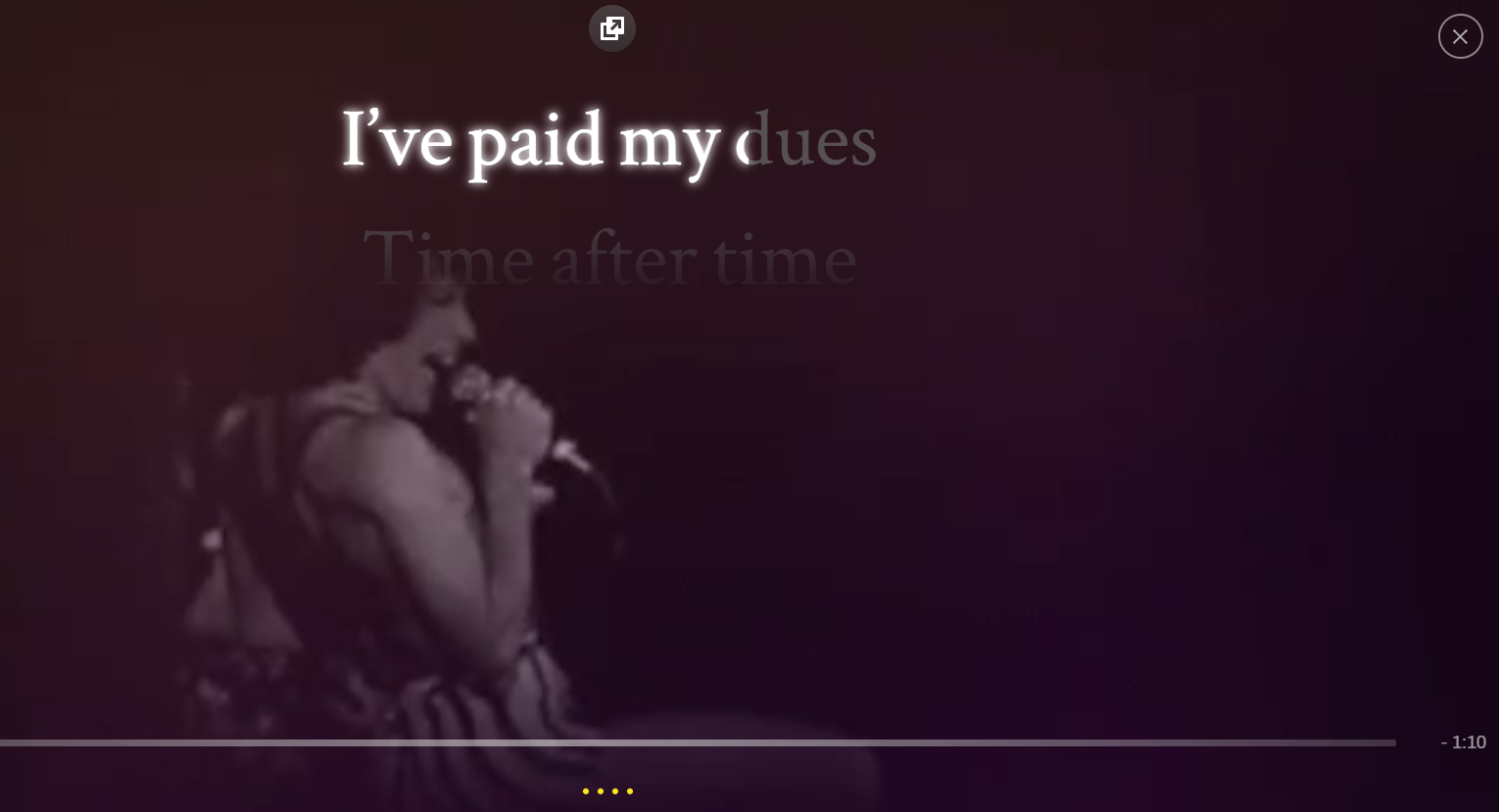
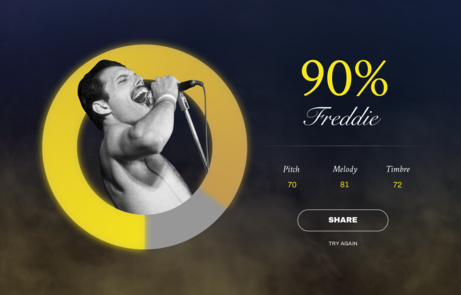
Try it out here-
Can you sing like Freddie?
People love singing with Freddie Mercury, but can you sing like Freddie too? We made an AI-powered singing challenge to?
freddiemeter.withyoutube.com
FontJoy
Shall I use Times New Roman or Raleway? But what goes with Raleway?
Ever had this confusion while writing an article? Well, believe it or not, a lot of thought goes into selecting a correct font for the header, sub-headers, and the body. You cannot use just one for all of them. It doesn?t work that way. Take the article you are reading right now. The header, sub-headers and the body, the titles for the images used. Every font is different. But they still work great with each other. And only those fonts specifically work when paired together.
But you may not have the time nor the creativity to choose a correct font. Don?t stress about it. Jack Qiao made it easier for you. With his project named FontJoy.
You can use this to select and find the font pairs that you need, and magically, they work!
They used a simple multi-dimensional representation of different fonts using different characteristics like the font-weight and the obliqueness of the font, for example. The best candidates are those which are on opposite sides of the graph but run parallel to the axes.
You may filter out the candidates by locking one font as constant or maybe reduce the contrast of the fonts you need to pair. And just like that, you can find your ideal font pairs.
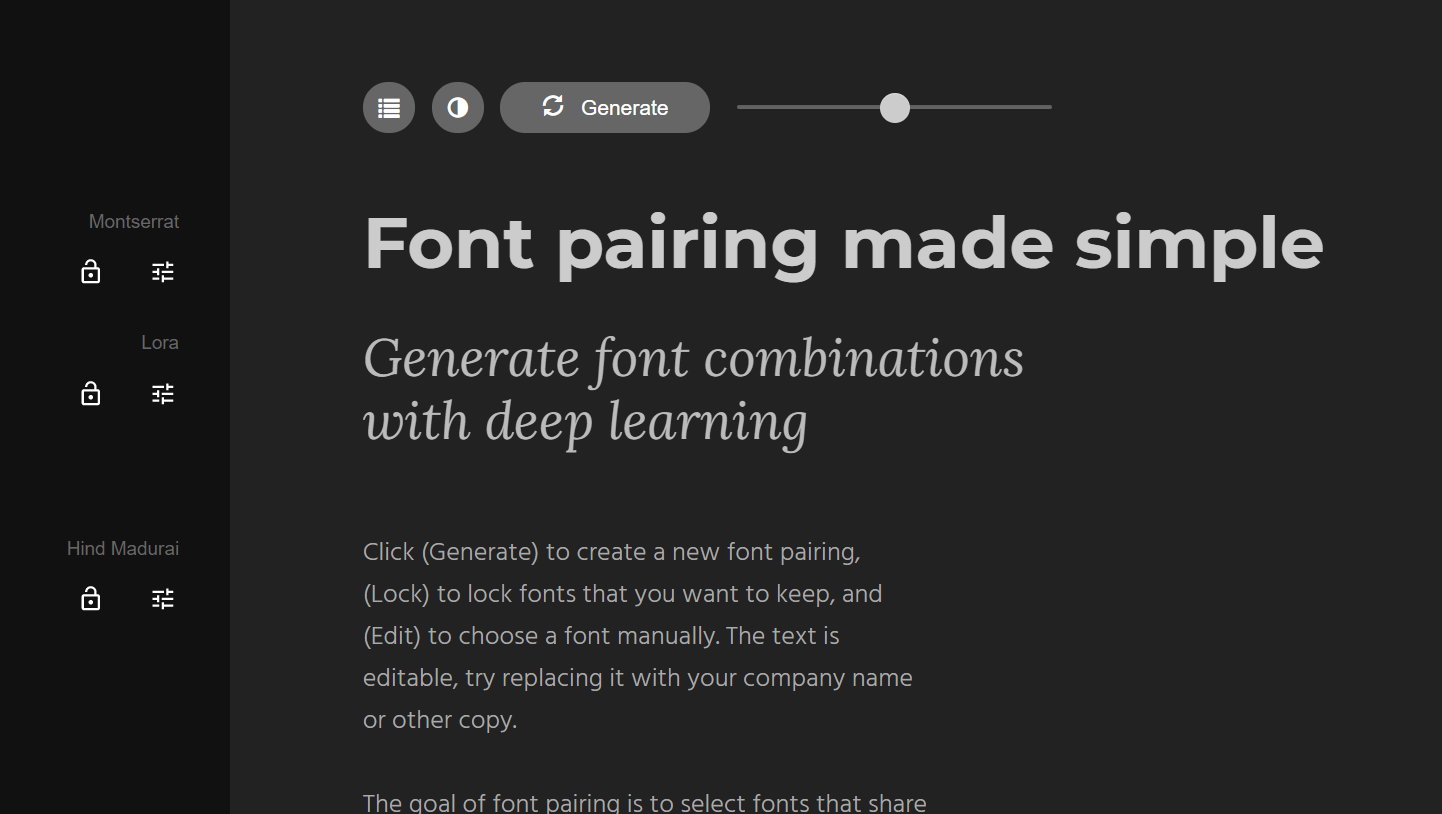
Generate font pairing using neural nets
Fontjoy helps designers choose the best font combinations. Mix and match different fonts for the perfect pairing.
fontjoy.com
AI Duet
Every time someone listens to ?Until the last moment? by Yanni from the album ?Yanni Live! The Concert Event?, the person is always blown away by the dual between Yanni and Samvel Yervinyan. For every note Samvel played on his violin, Yanni replied with his, on the piano. What you get is one of the most amazing compositions ever.
Every player would have at some point wanted to try it out for the feels, when someone responds to their notes. If you want to experience the same, you can try out an AI experiment created by Yotam Mann with friends on the Magenta and Creative Lab teams at Google. The project is named AI Duet. What it does is, it lets you play a note, and then the AI responds to whatever you played, just like a duet!
Awesome! How did they pull this one-off?
So, they used three things here. One of them you know already, Tensorflow. The other two are for the audio-based operations. Magenta and Tone.js. Tone.js is used to create on-screen interactive music-making applications. Magenta is an open-sourced research project by Google to see the role of ML in the creation of music and art. So Tone.js was used to make that interactive piano for you on-screen. Magenta was used to generate those beautiful notes that the AI played for you in reply. And that?s how you get an AI for your duet performance!
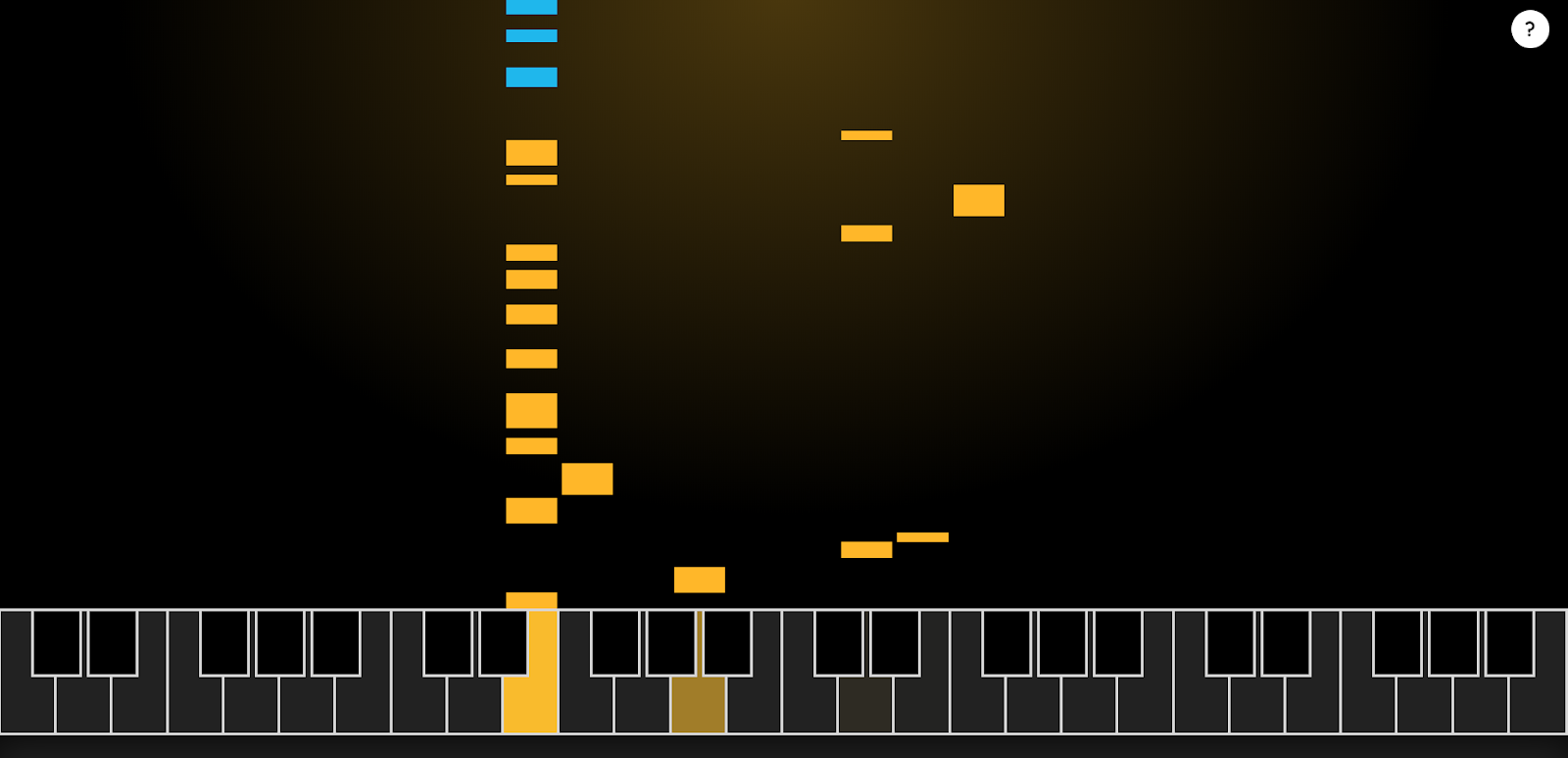 Blue notes are played by the user and yellow notes by the AI
Blue notes are played by the user and yellow notes by the AI
Try it out directly in your browser now!
A.I. DUET
AI DUET
experiments.withgoogle.com
These projects must have given you a fair idea of what AI is capable of. And that?s just the tip of the iceberg. There are many more and you can explore them in this link below-
AI Experiments | Experiments with Google
Over the past 6 months, Google’s Creative Lab in Sydney have teamed up with the Digital Writers’ Festival team, and an?
experiments.withgoogle.com
And if you are an AI enthusiast or developer who would be interested in creating similar applications, you can actually submit your experiment to Google to feature it here. Don?t forget to check out for such opportunities!
Editorial note-
This article was conceptualized by Aditya Vivek Thota and written by Dishant Parikh of The Research Nest.
Stay tuned for more such intriguing content with a prime focus on artificial intelligence!
